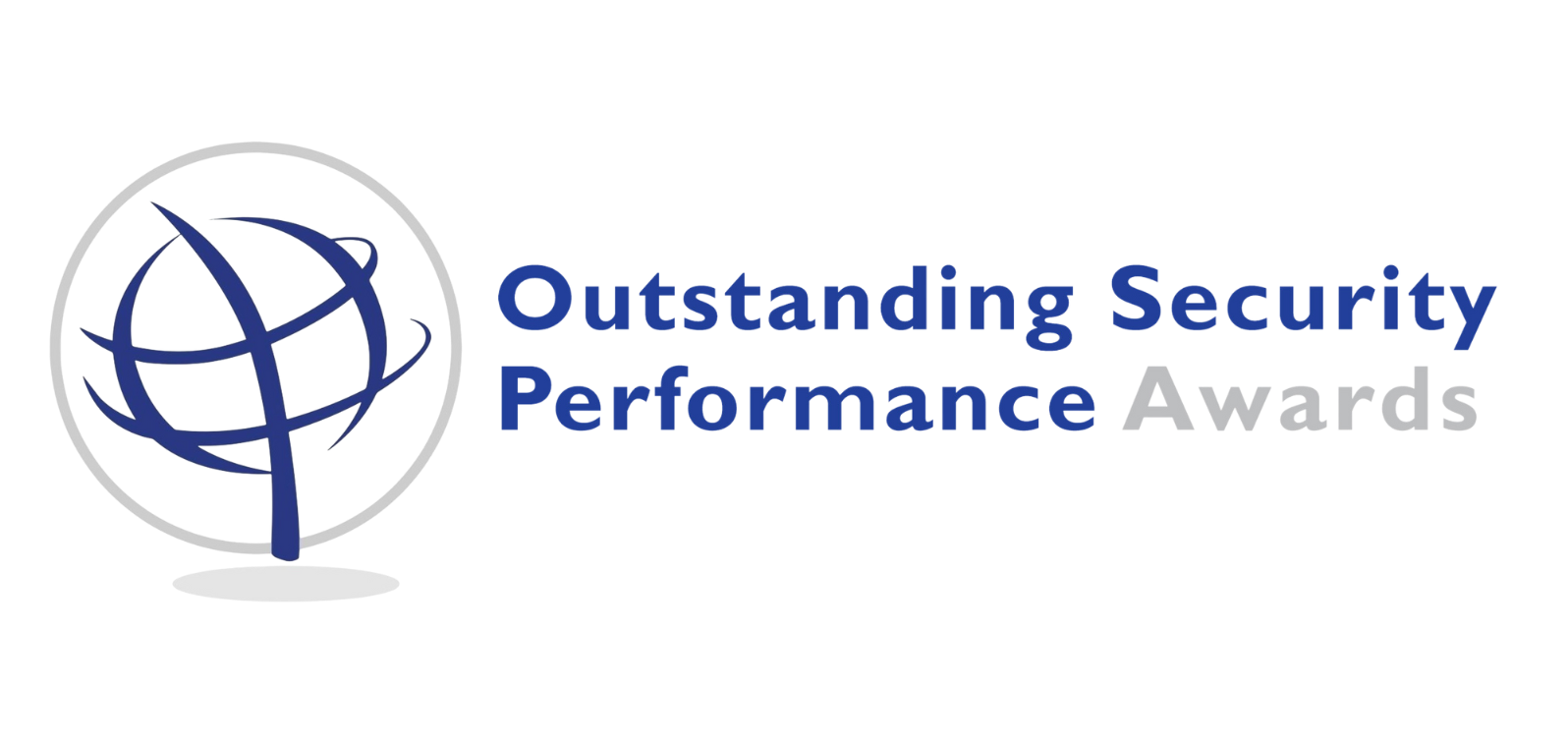
Fire Risk Assessment
Delivering Fire Risk Assessments across Belfast and throughout Northern Ireland for over a decade.
We offer comprehensive fire risk assessment services for business premises, ensuring workplace safety with minimal disruption to your operations. Our expert team conducts thorough evaluations, completing all necessary fire checks efficiently so you can focus on your business.
In the UK, businesses with five or more employees must legally conduct fire risk assessments. We serve companies of all sizes, from single-site assessments for small businesses to multi-site evaluations for larger organisations. With our experience in fire safety, you can trust us to help you meet your legal obligations.
Our professionals provide tailored assessments, identifying potential hazards and evaluating your fire safety measures. You’ll receive a detailed report with recommendations to mitigate risks and improve safety.
Take the proactive step to safeguard your business and meet legal requirements. Let us manage your fire safety, so you can keep your operations running smoothly and securely.
Call us today on
Request a call back
What does our fire risk assessment cover?
Our fire risk assessment typically addresses each of the following points as set out below. This is to ensure that we can systematically identify and mitigate fire hazards, ensure the safety of individuals at risk, and establish effective emergency response procedures that align with regulatory requirements.
Identifying fire hazards
During our fire risk assessment, we will first identify potential fire hazards within your premises. This involves carefully examining the environment to pinpoint sources of ignition, such as electrical equipment, heating systems, open flames, or hot surfaces. It also includes identifying flammable materials, such as chemicals, fuels, or stored combustible items. By identifying these hazards, it becomes possible to understand the specific risks present and take appropriate measures to address them.
Identifying people at risk
During our assessment, we will focus on identifying individuals who may be at risk in the event of a fire. This includes employees, visitors, customers, and any other occupants within the premises. Factors such as the layout of the building, accessibility of escape routes, and the presence of vulnerable individuals (e.g., children, elderly or disabled people) are considered. By recognising who might be at risk, we can tailor fire safety measures and evacuation procedures to ensure your safety during an emergency.
Evaluate, remove or reduce the risks
Once the fire hazards and people at risk have been identified, our assessment proceeds to evaluate the level of risk associated with each hazard. This evaluation considers the likelihood of a fire occurrence and the potential consequences if a fire were to happen. The goal is to assess the severity of the risks and determine appropriate actions to either remove or reduce them. This may involve implementing control measures such as improved storage practices, installation of fire detection and suppression systems, ensuring proper maintenance of electrical equipment, or updating building structures to enhance fire resistance.
Record & report findings
Once we have identified all potential risks, we will document our findings. This includes recording the identified hazards, risk evaluations, and the actions taken to mitigate those risks. Additionally, an emergency plan is prepared to outline the procedures to be followed in the event of a fire, including evacuation routes, assembly points, and the roles and responsibilities of individuals involved in the emergency response.
Review and update the fire risk assessment regularly
Fire risk assessments are not one-time events; they should be reviewed and updated regularly. Changes in your premises, such as modifications to the building layout, installation of new equipment, or changes in occupancy, can introduce new hazards or affect existing fire safety measures. Therefore, it is essential to periodically review the assessment to ensure its continued effectiveness. Regular updates help maintain compliance with relevant regulations, adapt to evolving circumstances, and address any emerging risks. This could involve revisiting the assessment annually or when significant changes occur within your premises.
Popular Services
Information
Awards & Recognition
Fuse Systems is a trusted fire and security company that has been proudly recognised as a winner and finalist for multiple industry awards.
Explore our awards page to see why we’re celebrated for excellence and reliability.

Finalist in the 2025 OSPA Awards for Outstanding Security Installer/Integrator.
